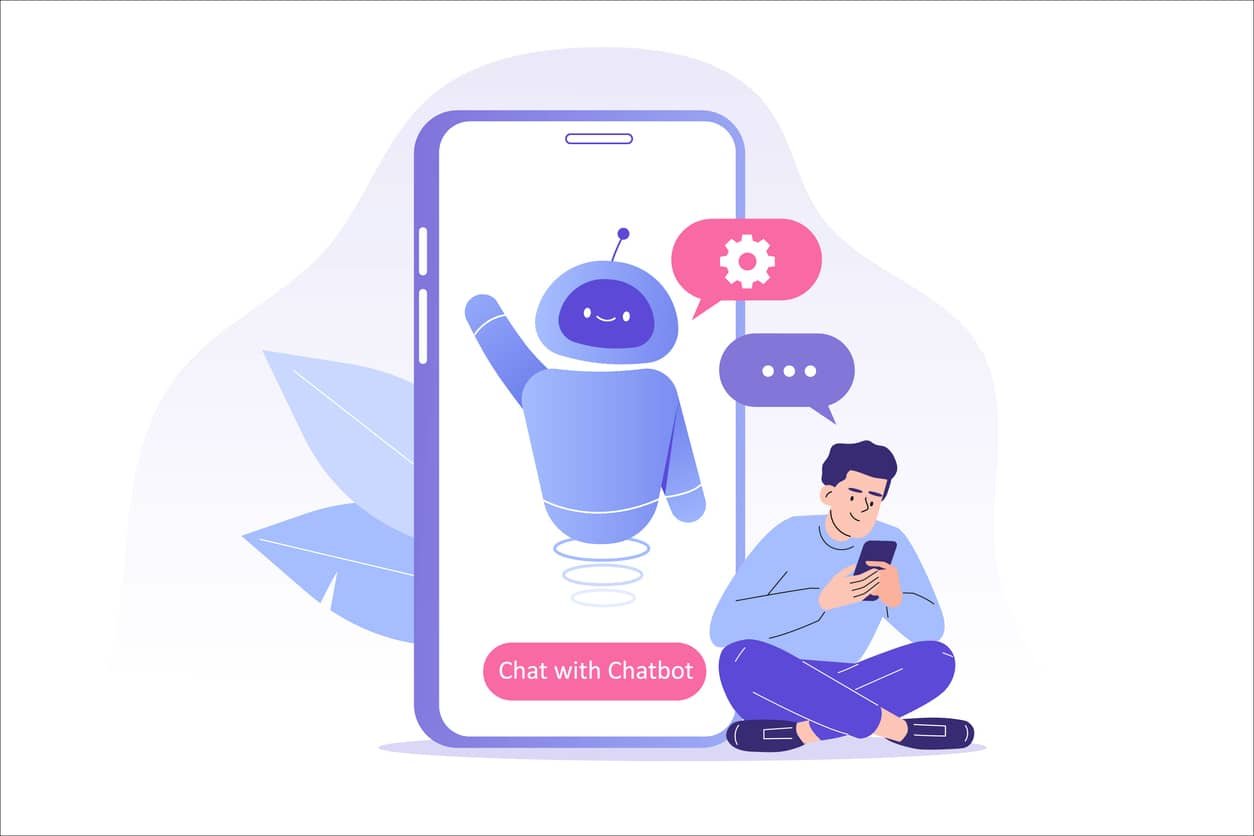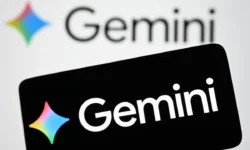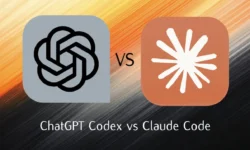Introduction
Conversational Chatbots: Definition, Benefits, and How They Work in 2025
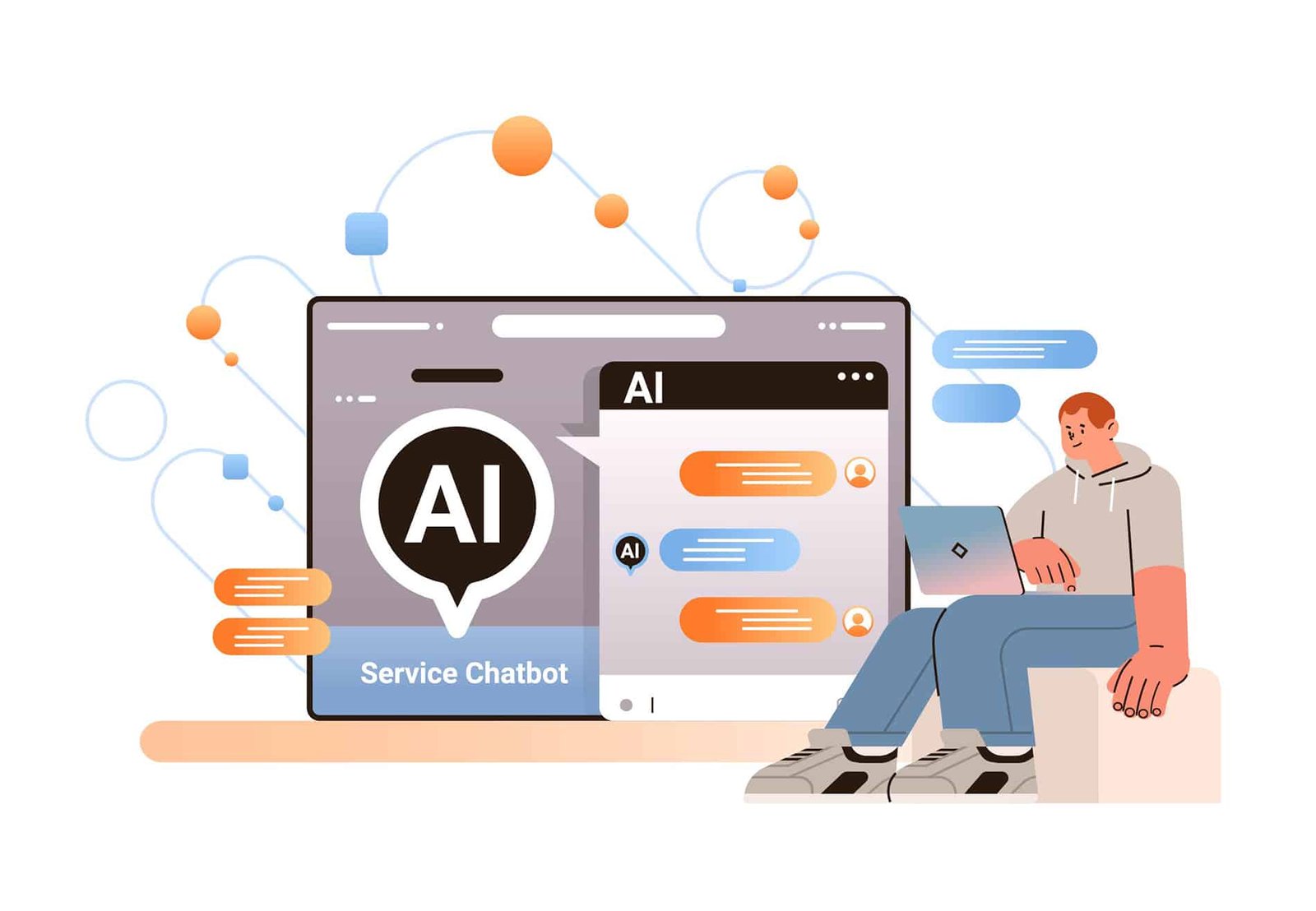
Conversational chatbots powered by ChatGPT, Claude, and Gemini deliver instant, personalized, and always-on support—reshaping how companies engage customers and teams. These systems combine generative AI with NLP to interpret intent, manage context, and adapt to changing needs. If you are exploring broader AI adoption, see our internal overview on AI in Business for strategy alignment and governance (internal link).
Unlike legacy FAQ bots, today’s assistants can reason, pull data from business systems, and trigger actions. Used well, they become a strategic lever for performance, customer satisfaction, and operational efficiency.
Definition
Definition of Conversational Chatbots
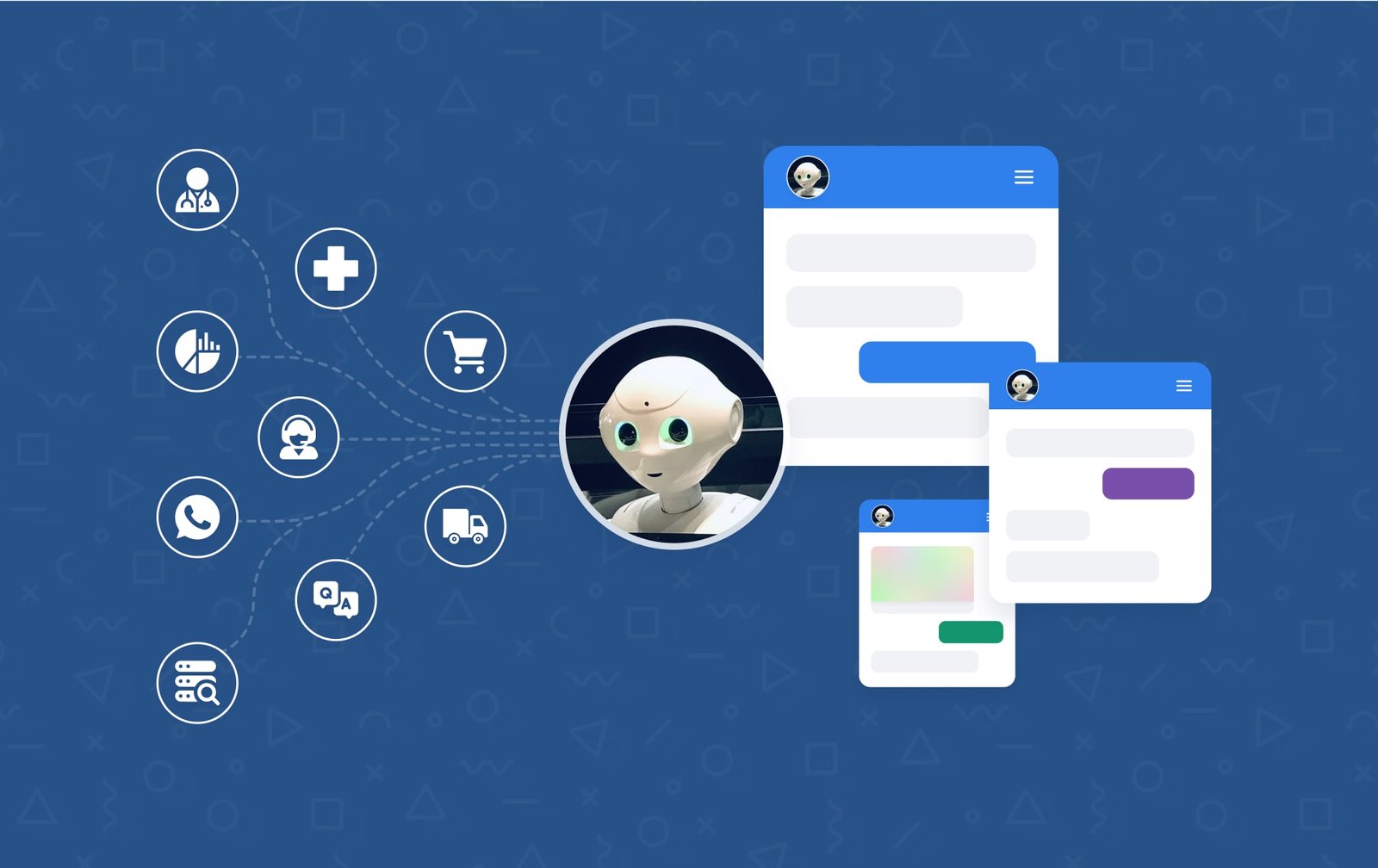
A conversational chatbot is a software application—often AI-powered—that simulates human conversation via text (websites, apps, messaging) or voice (smart assistants). Typical capabilities include answering questions, automating repetitive tasks (bookings, FAQs, order tracking), guiding users through processes, and engaging in multi-turn dialogue that feels natural.
Well-designed chatbots integrate with CRMs, ERPs, and knowledge bases to personalize responses. For positioning and messaging guidance, review our About page to keep tone and terminology consistent across posts (internal link).
How It Works
How Conversational Chatbots Work
1) User Input
The journey starts when a user sends a message—typed in a chat widget or spoken to a voice assistant. Example: “What’s the status of my order?”
2) Natural Language Processing (NLP)
The chatbot tokenizes and parses the sentence, detects the intent (e.g., track order) and extracts entities such as names, dates, numbers, or locations.
3) Dialogue Management
A dialogue manager chooses the best next action based on intent and context. It may ask clarifying questions, confirm details, or branch to a task flow.
4) Knowledge & Data Access
The bot queries internal knowledge bases, CRMs/ERPs, or external APIs. AI models like ChatGPT, Claude, or Gemini help generate natural, context-aware responses grounded in this data.
5) Response Generation
Rule-based bots return predefined messages; AI-powered systems compose dynamic text, links, and buttons—or trigger actions like creating tickets or scheduling calls.
6) Learning Loop
With monitoring and feedback, bots improve intent accuracy, coverage, and tone over time. For rollout tips and governance, contact our team via the Contact page (internal link).
Benefits
Advantages of Conversational Chatbots
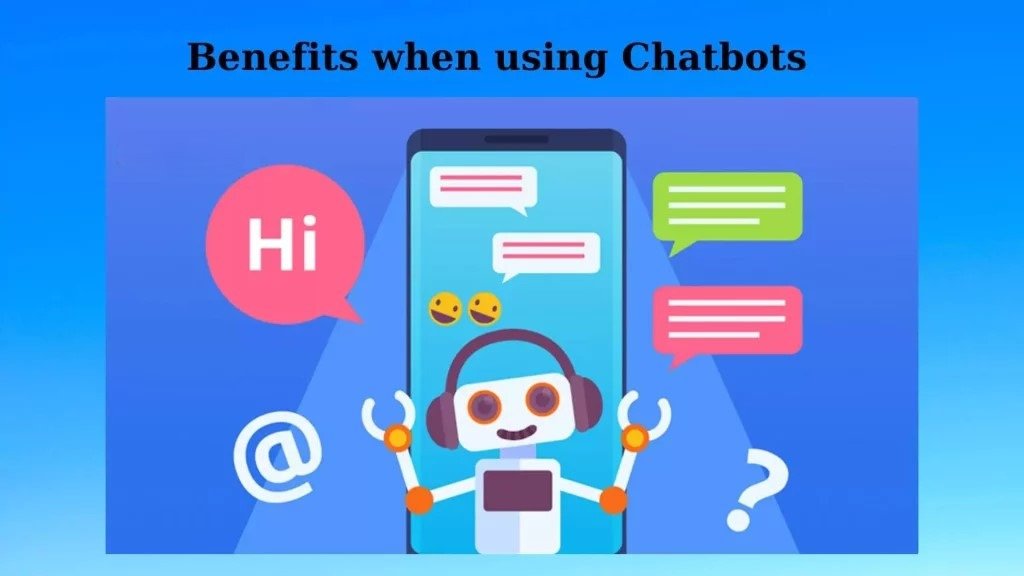
- 24/7 availability for instant support across time zones.
- Time & cost efficiency by automating repetitive tasks and deflecting simple tickets.
- Scalability—handle thousands of concurrent conversations.
- Improved CX with fast, contextual answers and guided flows.
- Personalization via CRM/ERP data for relevant, brand-consistent replies.
Limitations
Disadvantages of Conversational Chatbots
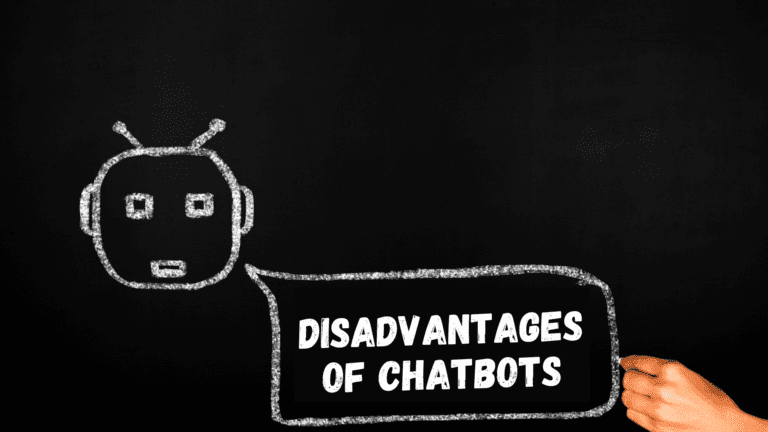
- Limited understanding on ambiguous, multi-topic, or novel questions (if poorly trained).
- Lack of empathy compared with skilled human agents in sensitive cases.
- Data dependency—weak knowledge sources lead to weak answers.
- Initial cost & integration for advanced AI, security, and analytics.
- Privacy & security risks require guardrails, redaction, and access controls.
Conclusion
Conclusion
In 2025, Conversational Chatbots are a necessity for competitive, scalable, and delightful digital experiences. Balance automation with human handoff, ground answers in trusted data, and monitor quality. For implementation help or a tailored roadmap, reach out via our Contact page.

